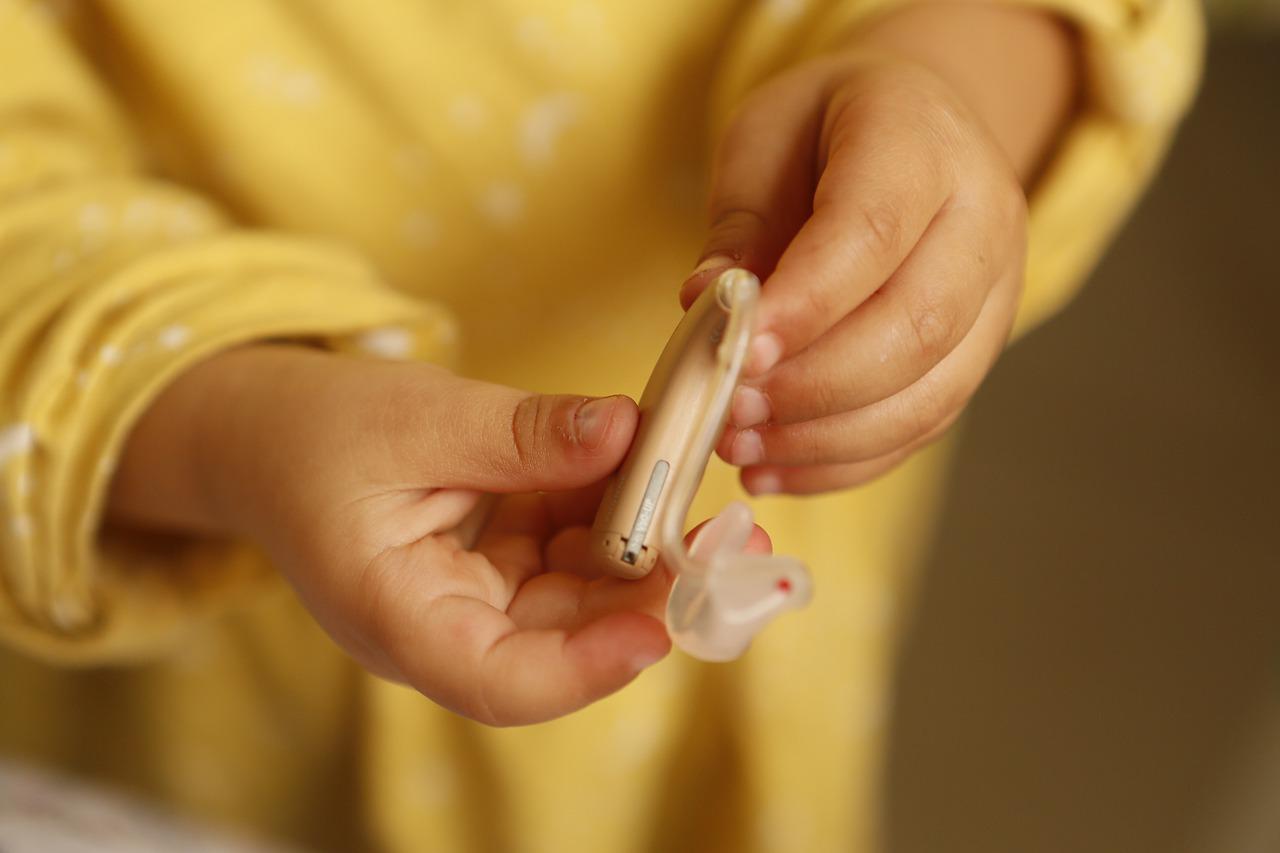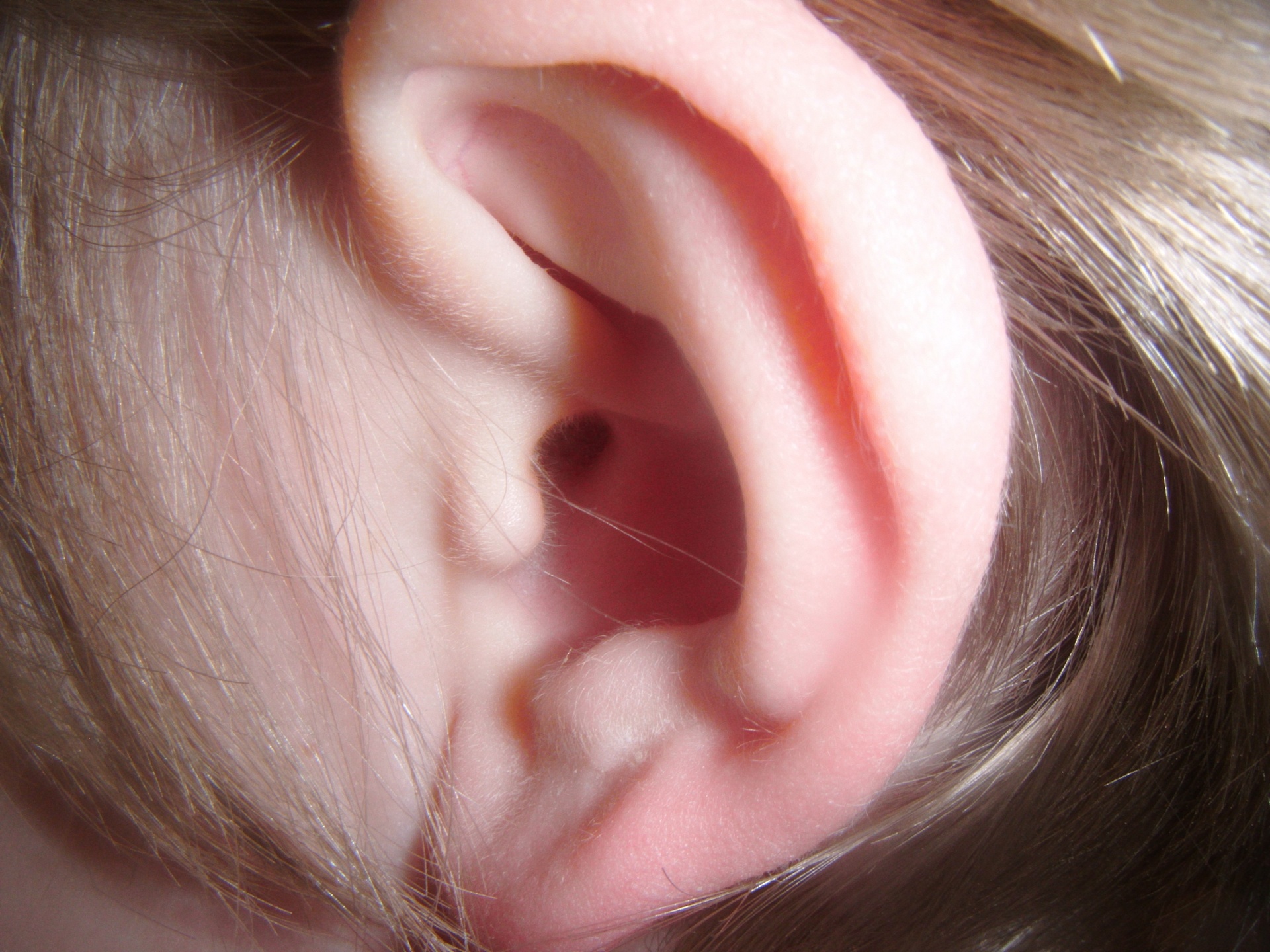Osteogenesis imperfecta
5. Management of hearing loss
Environmental factors can contribute to hearing loss in a person with OI in the same way as in any healthy person. For this reason, the first step is prevention by avoiding exposure to repeated loud sounds, infections or ear or head trauma.
Once hearing loss is detected, management will depend on the type and degree of hearing loss. In mild-moderate cases, the use of hearing aids may be sufficient. Hearing aids work by amplifying sound and thus increasing the volume of sound reaching the ear. They can improve the hearing deficit in conductive hearing loss and in sensorineural hearing loss that retains sufficient intelligibility. There are many models of hearing aids and the choice of hearing aid must be guided by a professional who will provide support to achieve the best adaptation of the affected person to the prosthesis. There are also bone conduction hearing aids, in which sound is transmitted to the cochlea through bone vibrations. There are also bone conduction hearing aids, which mostly have to be surgically anchored and integrated into the bone, and are therefore not used in OI patients so far. However, new models are beginning to be developed that allow bone conduction by means of an adhesive band in the area of the mastoid bone. Another alternative are middle ear implants such as the Vibrant Soundbridge®. These devices capture sound and transform it into electrical signals, which are transmitted to a transducer that is inserted into the middle ear and vibrates the ossicular chain to conduct the sound to the inner ear. Despite the risk of stimulating more fragile ossicles, they have started to be used in some OI patients, although long-term results are not yet available.

Fracture of one of the middle ear ossicles can be treated surgically, restoring the transmission system by interposition of cartilage or biocompatible tissues.
When otosclerosis occurs, the stapes is fixed to the cochlea at the level of the oval window and does not allow the transmission of vibrations to the inner ear. In these cases, a surgical technique called stapedectomy can be performed, which consists of freeing the stapes and fitting a prosthesis to allow sound transmission. In patients with OI, surgical manoeuvres must be particularly careful to avoid new fractures of the ossicles, which could aggravate the hearing loss. Nowadays, laser technology makes stapedectomy less invasive and with less risk of post-surgical complications.
In cases of profound sensorineural hearing loss, hearing function can be partially restored by fitting a cochlear implant. These are electronic devices that are surgically inserted into the cochlea and transform acoustic signals into electrical signals so that they can be transmitted to the brain. They have been used in patients with OI, but the destructuring of the cochlea in some individuals may make surgery difficult in these patients. Proper assessment of patients is essential in order to decide the best option and the best time for surgery. Likewise, after cochlear implantation, intensive auditory rehabilitation is necessary and the final results will depend on age, length of deafness and subsequent re-education and speech therapy.
